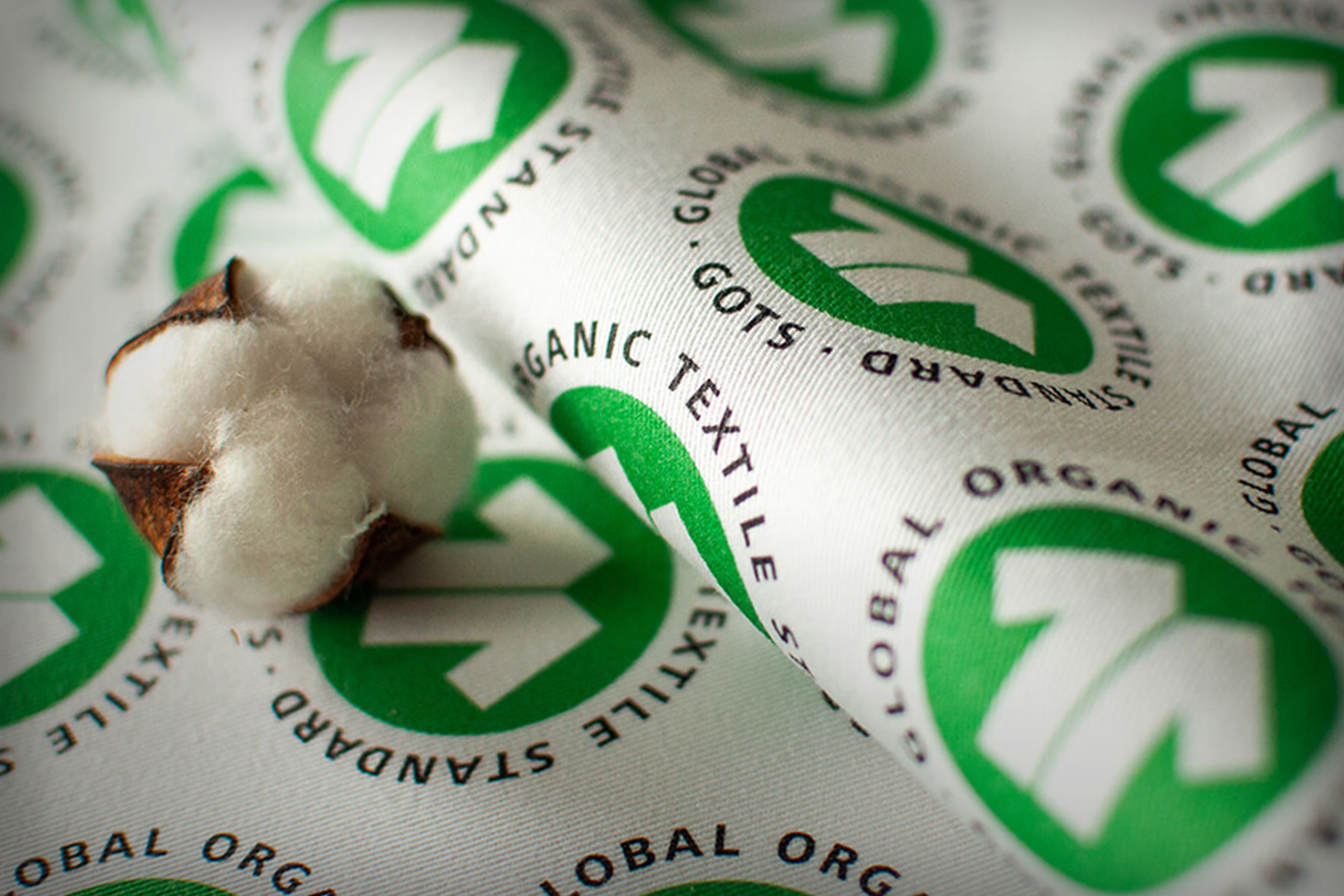Sustainable fabrics and industry standards

With the rise in demand for sustainable fabrics has come the creation of fibre sustainability standards that work to guarantee compliance with environmental guidelines and make our industry greener.
These schemes work with mass balance or physical segregation systems to make sure they can follow the journey of the fibre throughout the supply chain and guarantee their low environmental impact.
MASS BALANCE SYSTEM
In this system the fibre stocks are segregated partially through the supply chain. Taking Better Cotton (former BCI) as an example, this is only segregated up to the ginning stage, after which Better Cotton can be mixed with other cottons. From ginning onwards it’s possible that the credits could be traded on non BCI cotton. The system will display the amount of kilos of Better Cotton in this supply chain, but the customer and therefore the consumer may actually end up with regular cotton.
Read our article on Better Cotton for more details on how the Mass Balance System and Better Cotton Credits work.
PHYSICAL SEGREGATION
With schemes like the Global Recycled Standard (GRS), the steps within the supply chain are more segregated and ultimately if a consumer buys a garment which is labelled as having recycled content, then the garment should have recycled content.
RCS, GRS, OCS AND GOTS, WHAT’S THE DIFFERENCE?
When looking for sustainable fabrics, buyers focus on standards like the Recycled Content Standard (RCS), Global Recycled Standard (GRS), Organic Content Standard (OCS), and Global Organic Textile Standard (GOTS).
The RCS provides both brand and end consumers with the verification of recycled content in products. For a product to gain this certification set requirements from a third-party must be met of recycled input and chain custody. The main goal of the Recycled Content Standard is to increase the use of recycled materials, to reduce negative impacts on the environment, whilst ensuring the identity of the recycled materials is maintained, creating transparency for the consumer.
The GRS certificate holds all the same fundamental values as RCS, however, is more diligent in its requirements. To gain the Global Recycled Standard there must be a higher minimum content percentage; at least 50%. In addition, criteria for social and environmental requirements and chemical restrictions must be met. The GRS standard helps to reduce harmful impact of production to people and the environment, providing assurance to the consumer that products are processed more sustainably.
The goal of the OCS is to increase organic agriculture production, which lowers the risk of environmental pollution and helps to reduce greenhouse emissions. The Organic Content Standard ensures the identity of organic content is maintained from farm to final products, through third-party certification. This in turn provides companies with a trusted tool to communicate organically grown content claims within the industry. Only material from certified organic farms (under one of IFOAM’s Family of Standards) is accepted to the OCS.
GLOBAL ORGANIC TEXTILE STANDARD
The GOTS certification defines requirements to ensure the organic status of textiles through the entire textile supply chain. To gain GOTS standard, a textiles product must contain a minimum of 70% certified organic fibres. GOTS also evaluates both environmental and social criteria of the processing and manufacturing of textiles. The Standard sets requirements concerning working and social conditions that are equivalent to those of leading social sustainability standards. GOTS social criteria, based on the key norms of the International Labour Organisation (ILO), United Nations Guiding Principles on Business and Human Rights (UNGPs) and Organization for Economic Cooperation and Development (OECD), must be met by all processors, manufacturers and traders. They must have a social compliance management system, with defined elements in place to ensure that the social criteria are met. The GOTS ensures identification of organic fibres as well as sustainable ecological and social criteria, certified by an independent third-party. This allows the standard to put a stop to greenwashing, creating transparency for the consumer.
The table below gives a quick overview of the different aspects covered by the schemes:

*Prohibited are: conventional cotton, conventional angora hair fibre, virgin polyester, acrylic, asbestos, carbon and silver fibres, any other not explicitly permitted fibres, mulesed wool.
All these sustainability standards share the objective of wanting to make the textiles industry as sustainable as possible. Whether this be through ensuring the use of recycled material and organic agriculture or implementing restrictions to reduce the impact the textile manufacturing process has on the environment and workers. Gaining a certification of these standards creates overall transparency between product and consumer by verifying a sustainable supply chain and preventing greenwashing. The certifications provide clarity through identification and therefore give the consumer confidence in a more sustainable textile industry.
